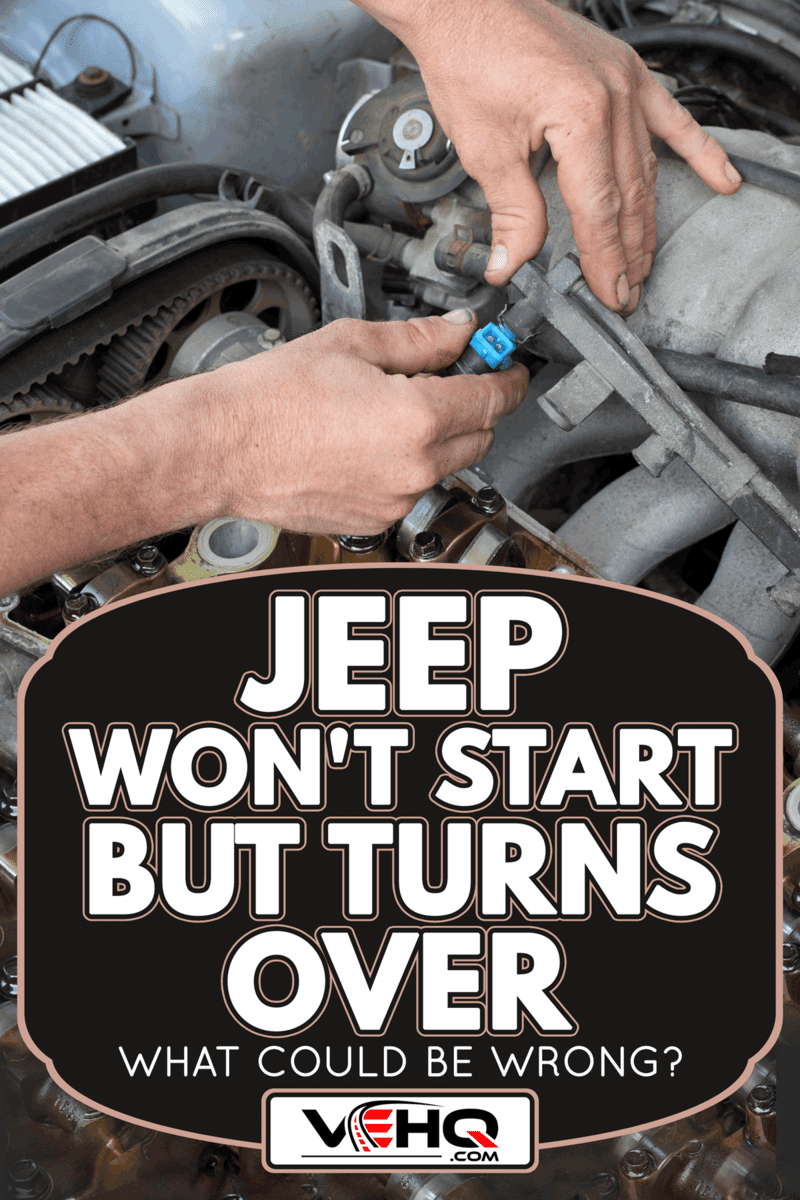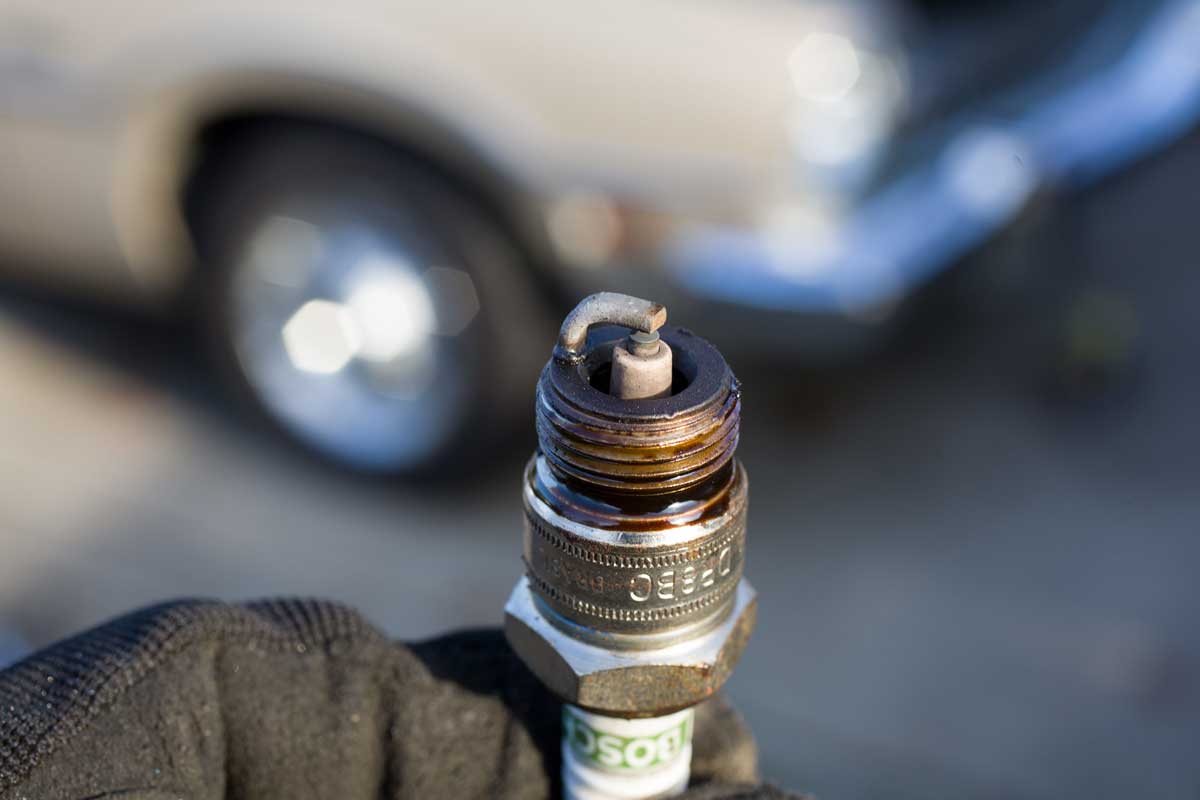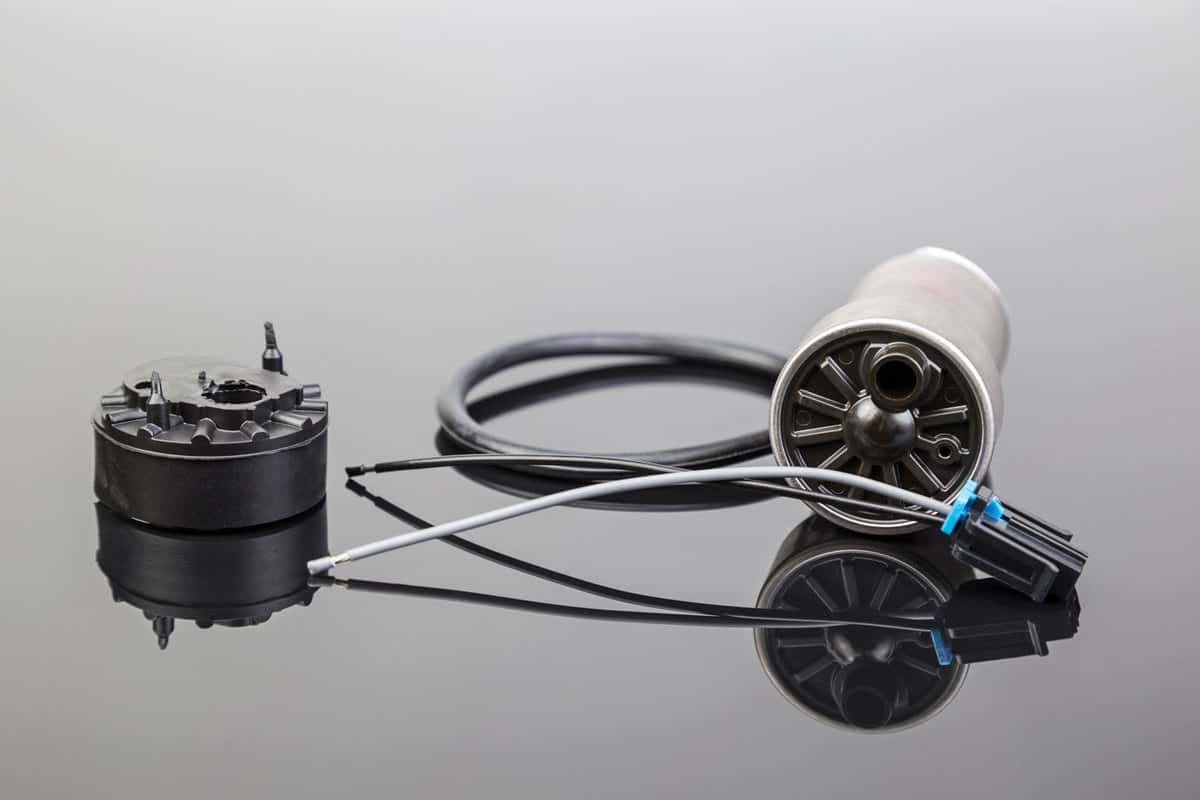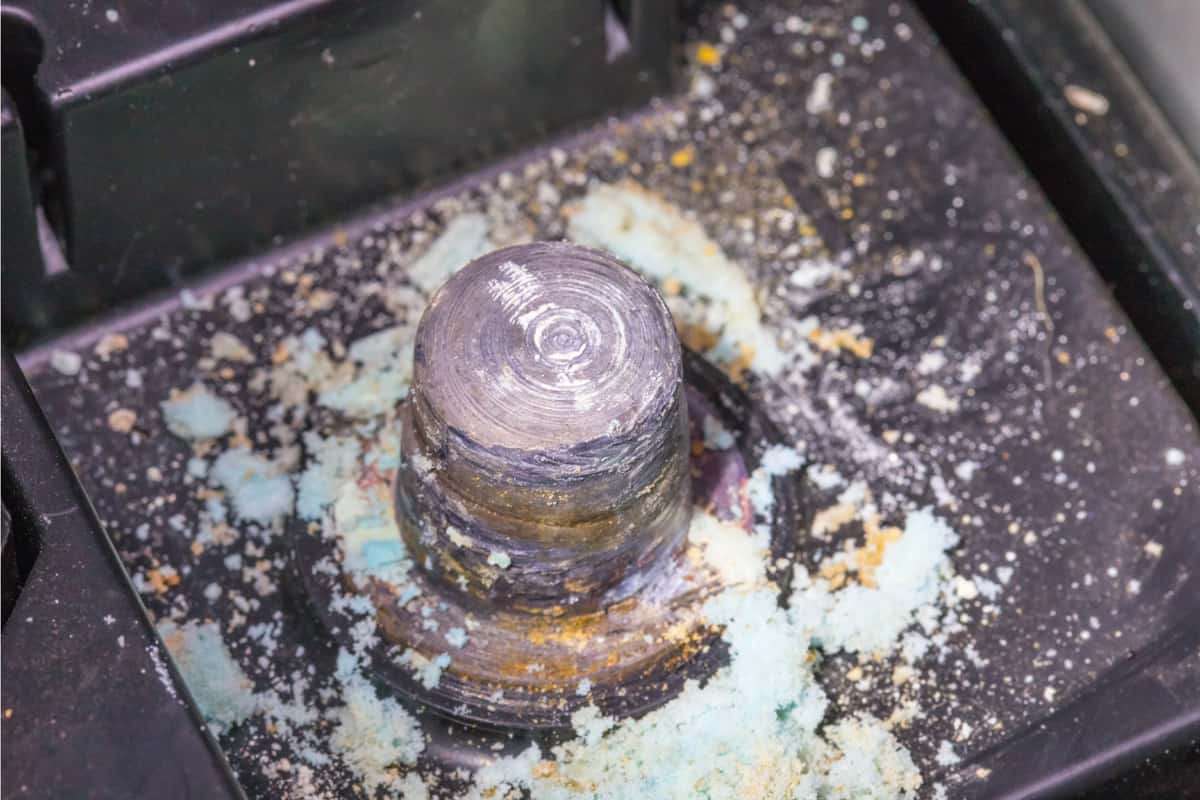Have you ever tried to start your Jeep but found that it refuses to do so? You hear a cranking sound, but your car won't budge or make even the slightest movement. What could be the problem and how can it be resolved? We researched on your behalf to provide the answers below.
The following are among the possible reasons why your Jeep will not start despite it turning over:
- Incorrect crankshaft position sensor
- Faulty spark plugs
- Malfunctioned fuel pump
- Blocked fuel injectors
- Low compression
Keep reading to learn why your Jeep turns over but does not start and how to troubleshoot this issue. In addition, we'll give you tips on how to prolong the starter's life.

Reasons Your Jeep Turns Over But Won’t Start And How To Troubleshoot
When you turn the ignition key or press the start button in your car, you usually expect to hear a roar which indicates that the engine has started. But when that doesn't happen and all you hear is a cranking sound - what could be the issue?
The possible reasons why your Jeep will not start even though it turns include:
Incorrect Crankshaft Position Sensor
For combustion to take place in your engine, a spark is needed. The air and fuel mixture also needs to be ignited at the right time for the engine to produce maximum power by burning the least amount of fuel.
The spark needs to be punctual, meaning it should not be too early or too late as the air and fuel may not burn to produce power.
The reason for this phenomenon is a faulty crankshaft position sensor. This sensor is responsible for relaying information to the engine control unit (ECU) so that it ignites a spark.
If the sensor is faulty, the ECU will not be able to ignite the sparks, and the engine may not start as a result.
A new crankshaft position sensor will have to be installed and calibrated to send information to the ECU in good time to start a spark.
This is a crankshaft position sensor that is available on Amazon.
Faulty Spark Plugs

If the fuel system is working well and the engine is holding the compression adequately, but your car still does not start, there’s a high possibility that the spark plugs are faulty.
The spark plugs are responsible for igniting the air and fuel mixture that is found inside the engine cylinders. The result is combustion that produces power to move your car after starting it.
Problems arise when too much carbon builds up to the point that it damages the spark plugs. Also, spark plugs can get damaged if oil leaks get into the engine and cover them, keeping them from functioning properly.
In addition, faulty ignition coils may not be able to supply power to the spark plugs.
Spark plugs are inexpensive parts that need to be replaced when they no longer work.
See these spark plugs on Amazon.
Malfunctioning Fuel Pump

A faulty fuel pump will not be able to transport fuel from the fuel tank to the engine. And since the engine cannot run on its own, it simply will not start. Replacing the fuel pump will solve this problem.
This fuel pump is available on Amazon.
Blocked Fuel Injectors
Fuel may not get to the engine if the fuel injectors are blocked. This takes place over time with debris and rust clogging the injectors.
An obstruction is created, preventing the correct amount of fuel from being deposited into the engine cylinders. As a result, the vehicle will not start.
Debris could also find its way to the injectors and damage them. A damaged injector will need to be replaced.
Check out these fuel injectors on Amazon.
Low Compression
If there is low compression in one cylinder, your engine will start but will most likely misfire. In some instances, all the cylinders that have no compression prevent the engine from starting.
One of the reasons for low compression is when the valves overheat causing gas to leak prematurely. The valve seals also wear out over time, allowing gas to escape, bringing about low compression.
There are many causes of low compression, and your mechanic should be able to identify the real cause and carry out the necessary repairs.
How To Maintain Your Starter To Last Longer
The starter in your vehicle can develop issues that can lead to delayed starting or refusal to start altogether.
Below are some tips that can help keep the starter in good working condition:
Clean The Connectors
The starter motor is connected to the car battery by connector wires.
When the connectors get dirty or corroded, they will not be able to transmit an electrical current to the starter. Your car will not start as a result. Also, with insufficient electrical current, the motor will wear out faster.
The connectors need to be regularly cleaned to keep them in good working condition.
Clean the connectors by spraying them with a brake or electrical cleaner that breaks up the corrosion build-up. Use a pipe cleaner to clean the dirt stuck in the pins of the connectors.
Below is a demonstration of how to clean dirty car connectors:
Check Mounting Bolts Regularly
The starter motor in your car is held in position by bolts mounted on it. They can become loose, disengaging the function between the flywheel and the starter motor.
You might hear a grinding sound every time you start your engine. To prevent this problem from occurring, check these bolts regularly to ensure they are tight.
Clean The Solenoids Of The Starter Motor
The solenoids are the points at which the electrical current is relayed to the starter motor so your engine can start.
Dirt and grime can accumulate on these solenoids. As such, cleaning them regularly will keep them in good condition for a long time.
Have a look at this starter motor on Amazon.
Clean The Battery Terminals

When a car battery is used for too long, it produces hydrogen gas that finds its way to the battery terminals.
This corrosive material ends up covering the terminals, preventing the electric current from moving to the starter motor.
To get rid of the corrosion, mix some baking soda and water, and pour it on the terminals to neutralize the acid.
Cleaning the terminals will help keep your battery in good condition and your starter motor in excellent condition for longer.
Have a look at the video below that shows you how to clean the battery terminals:
Check The Flywheel Often
The flywheel assists the starter to crank the engine. The teeth of both the flywheel and starter need to be in good condition to function well.
But if they are worn out or cracked, the engine will not start.
It's best to always check these two parts to ensure the starter system is still in good working condition.
The Cost Of Repairing Your Car Starter

A new starter costs between $50 and $350, while the labor costs from $150 to $350. In general, the total costs for replacing a faulty starter motor are between $200 and $1,450.
However, if you take good care of the starter motor, your starter can last long and you'll also save on repairs or replacement.
If your car needs a new fuel pump, it would cost between $220 and $1,062. Of course, this will depend on your car type and your car's age. The labor will cost you between $124 and $260.
In addition, replacing fuel injectors in your car will cost you between $350 and $850.
Smaller vehicles do not have as many cylinders as larger vehicles and would be cheaper to replace the fuel injectors.
In Closing
Sometimes your car will not start despite several attempts. It may turn but refuse to start. There are several reasons for this occurrence: among them are low compression, blocked fuel injectors, and damaged spark plugs.
The starter in your car can last a lifetime, but it is a good idea to maintain it well to prevent the starter issues such as the engine turning but not starting.
The costs of repairing or replacing the parts in the starter system vary depending on the type of vehicle, the extent of damage, and the labor costs charged by the technician.
Read our previous posts on the common problems of a Jeep Grand Cherokee and how long it lasts:






Mechanic couldn’t figure out the problem, so took GC to the Jeep dealer. They’ve had it for almost 2 weeks. Even they had trouble figuring it out. Finally said it had something to do with a “pigtail”, and have been waiting for the backordered part. Not impressed at all with this dealer service.